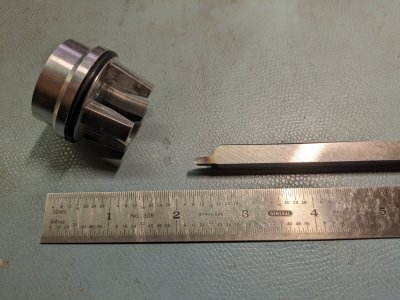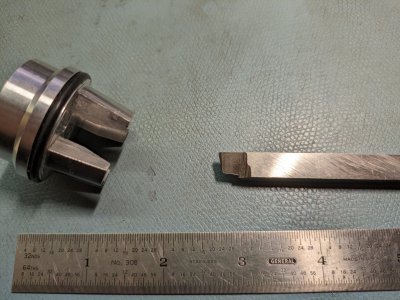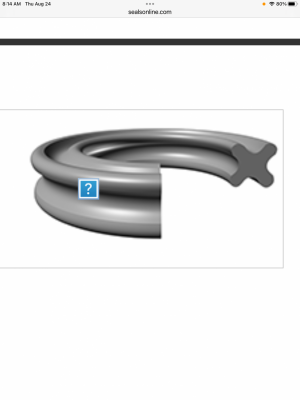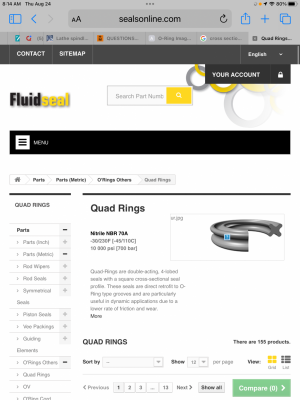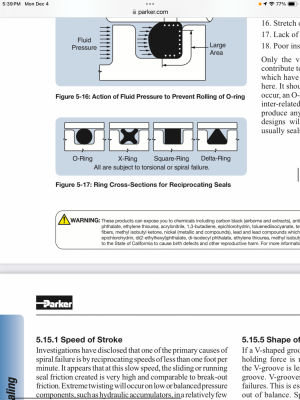- Joined
- Dec 18, 2019
- Messages
- 6,464
For the stated use, I'd use a parting blade. However, for more serious (or fun) use, it is simple to grind a rounded bit out of HSS. It's not hard to do at all, and is very versatile. You need a grinder and some high speed steel blanks. Less than a few minutes later, you would have a custom tool for your use. Basically what @projectnut said.


